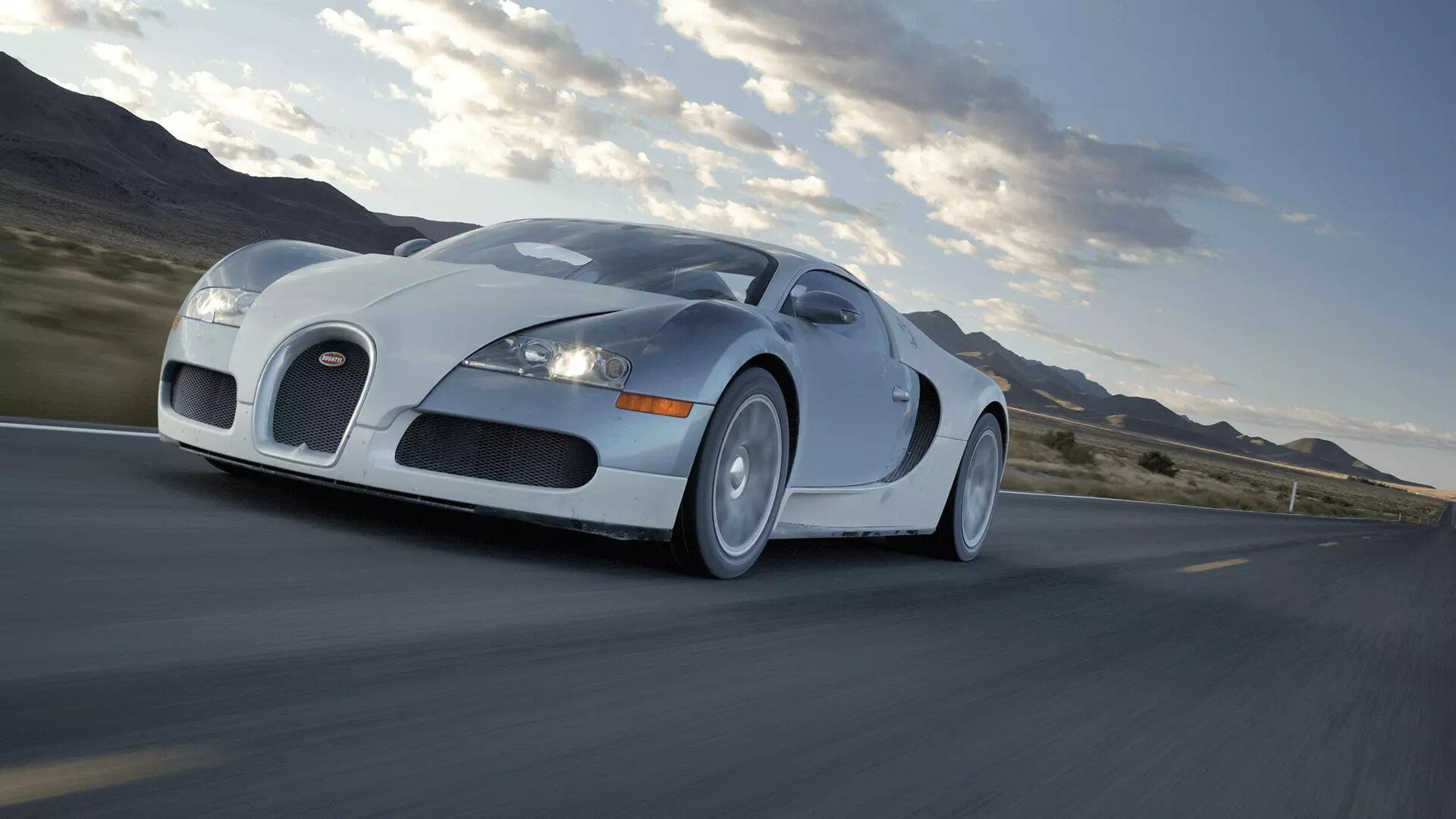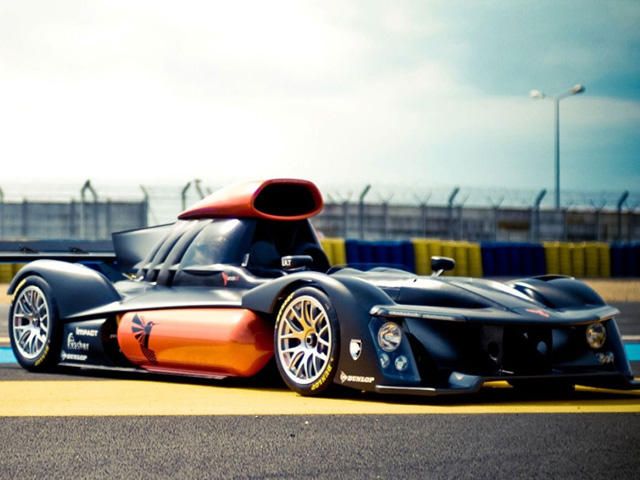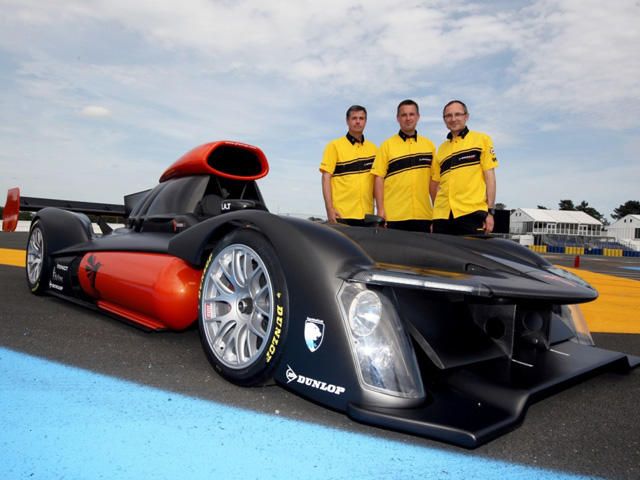
Like just about any other form of motorsport, Le Mans has its regulations, with cars divided into classes that conform to specific formulae to keep the racing competitive. Which is why most Le Mans Prototype racers look the same. But the ACO (the organization that governs the famed 24-hour race and its associated series) also allows for experimental race cars to compete from the 56th garage on the pit lane, and this year it will be filled by an hydrogen-powered racer called the GreenGT H2.
Following extensive development, the GreenGT has just been approved by the ACO to fill the spot taken at this year's race by the DeltaWing prototype. Its advanced design, now finalized after being previewed in previous renderings, bears some resemblance to current LMP1 and LMP2 racers, but while the shape is a little different, the real differences lie underneath the skin. The hydrogen fuel cell powers a pair of electric motors that combine to give it a solid 537 horsepower but mountains of torque - reportedly capping nearl 3,000 lb-ft (over three times as much as a Bugatti Veyron) - to propel it to a 300 km/h (186 mph) top speed.
Dunlop has developed special tires for the vehicle that promise to help deliver the torque to the tarmac, but its tire wear aren't what will likely be sending it to the pits. The tank can only hold about 40 minutes' worth of hydrogen, which means that the H2 will need to refuel at least 36 times over the course of the 24-hour race. Still, that a hydrogen-powered car could compete at all is a feat unto itself, and we hope it will do better at next year's race than the DeltaWing did this year.


